The pandemic has pulled the rug from under many of us. Structures and routines that we relied upon to shape our work have changed or gone. We can’t rely on old habits as a way back.
Gianpiero Petriglieri challenges the readiness with which leaders engage with vision as an example. He focusses on leadership, but what he says is relevant to all of us.
“Visions hold our imagination captive, but they rarely have a positive effect on our bodies. In fact, we often end up sacrificing our bodies in the pursuit of different kinds of visions, and celebrating that fact — whether it is by dying for our countries or working ourselves to exhaustion for our companies.”
“Visions work the same way whether mystics or leaders have them: They promise a future and demand our life. In some cases, that sacrifice is worth it. In others, it is not. Just as it can ignite us, a vision can burn us out.”
We’ve always been suspicious of the ‘vision’ as the gold standard of leadership. We’ve seen many good leaders support people through the messiness and uncertainty towards a lightly held, flexible future state rather than a grand vision.
The value of holding
We find ourselves nodding in agreement when Petriglieri instead champions a quality he calls holding.
“Holding is a more obscure and seldom celebrated facet of leadership than vision, but no less important. And when crises hit, it becomes essential. In groups whose leaders can hold, mutual support abounds, work continues, and a new vision eventually emerges. When leaders cannot hold, and we can’t hold each other, anxiety, anger, and fragmentation ensue.”
It’s a great article, and we recommend reading the whole thing. We believe good facilitators need to prioritise holding the group over rushing towards the stated outcome. Most of the best things that happen in meetings are unexpected things created by participants when they (or we) don’t try too slavishly to get to a fixed result on a tight schedule.
Photo by Ryoji Iwata on Unsplash
